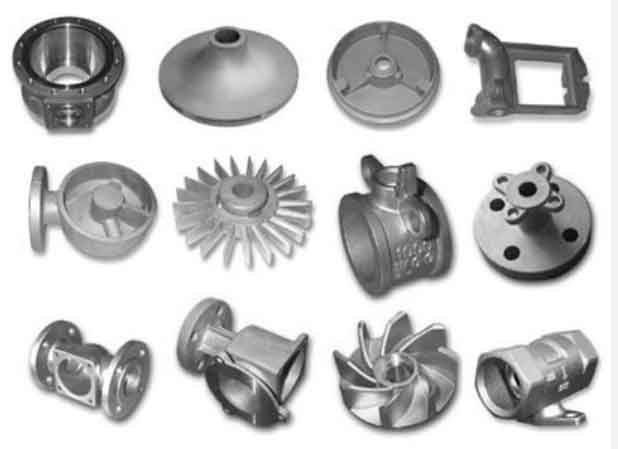Grey cast iron is indeed a fundamental material in the automotive industry, especially for manufacturing critical components that require high strength, wear resistance, and vibration damping. Its exceptional properties and cost-effectiveness make it a preferred choice for various automotive applications. Here are some key areas in the automotive industry where grey cast iron plays a crucial role:

1. Engine Blocks: Grey cast iron is commonly used for manufacturing engine blocks due to its excellent thermal conductivity and high strength. The material’s ability to withstand high temperatures and vibrations is essential for maintaining engine stability and longevity.
2. Cylinder Heads: Cylinder heads are another essential component in engines where grey cast iron is often employed. The material’s good machinability and heat resistance ensure proper sealing and efficient heat transfer, contributing to engine performance.
3. Brake Rotors and Drums: Grey cast iron’s high wear resistance and thermal stability make it an ideal choice for brake rotors and drums. These components must endure high friction and heat during braking, and grey cast iron provides the necessary durability and reliability.
4. Suspension Components: Some suspension components, such as control arms and steering knuckles, are often made from grey cast iron. These parts require a combination of strength and vibration damping to ensure stability and smooth driving.
5. Exhaust Manifolds: Grey cast iron’s ability to withstand high temperatures and corrosive exhaust gases makes it well-suited for use in exhaust manifolds.
6. Transmission Housings: Transmission housings are another application where grey cast iron is commonly used due to its good machinability and casting properties.
7. Camshafts: For certain applications, grey cast iron camshafts offer cost-effective solutions with good wear resistance.
Grey cast iron is highly favored in the automotive industry due to its abundance, good casting properties, and low cost compared to other materials. It has a long history of successful use in automotive components and continues to be a reliable choice for manufacturers looking to produce high-quality, durable, and cost-effective automotive parts.
